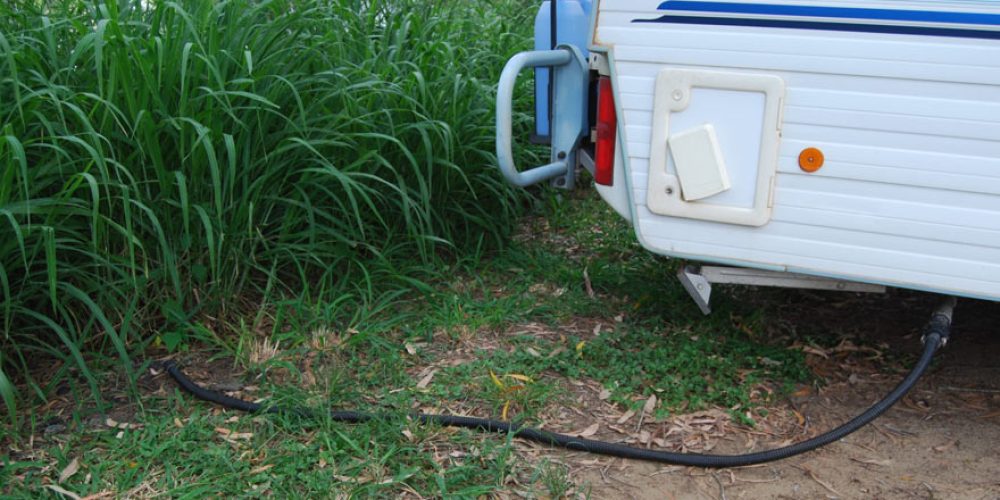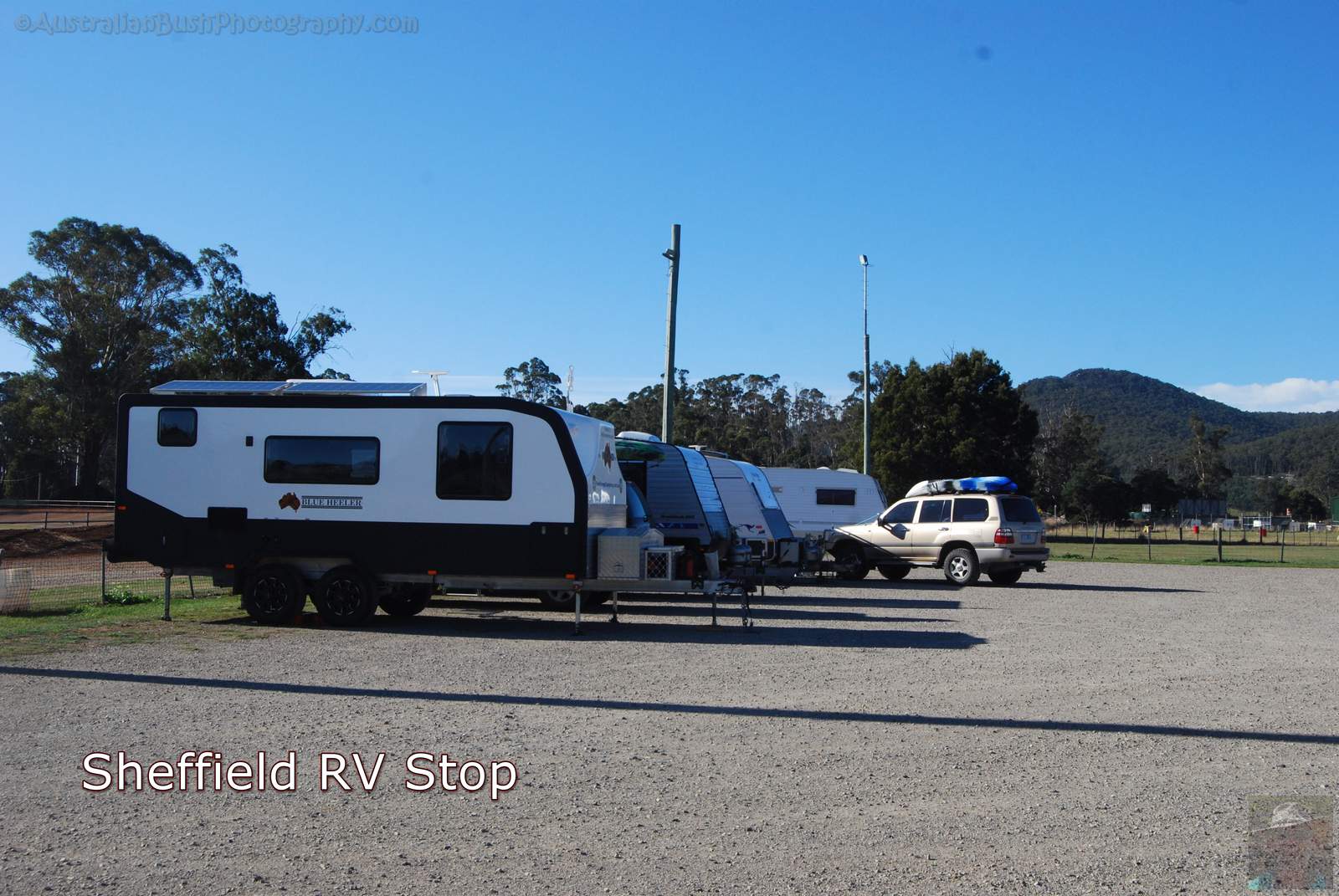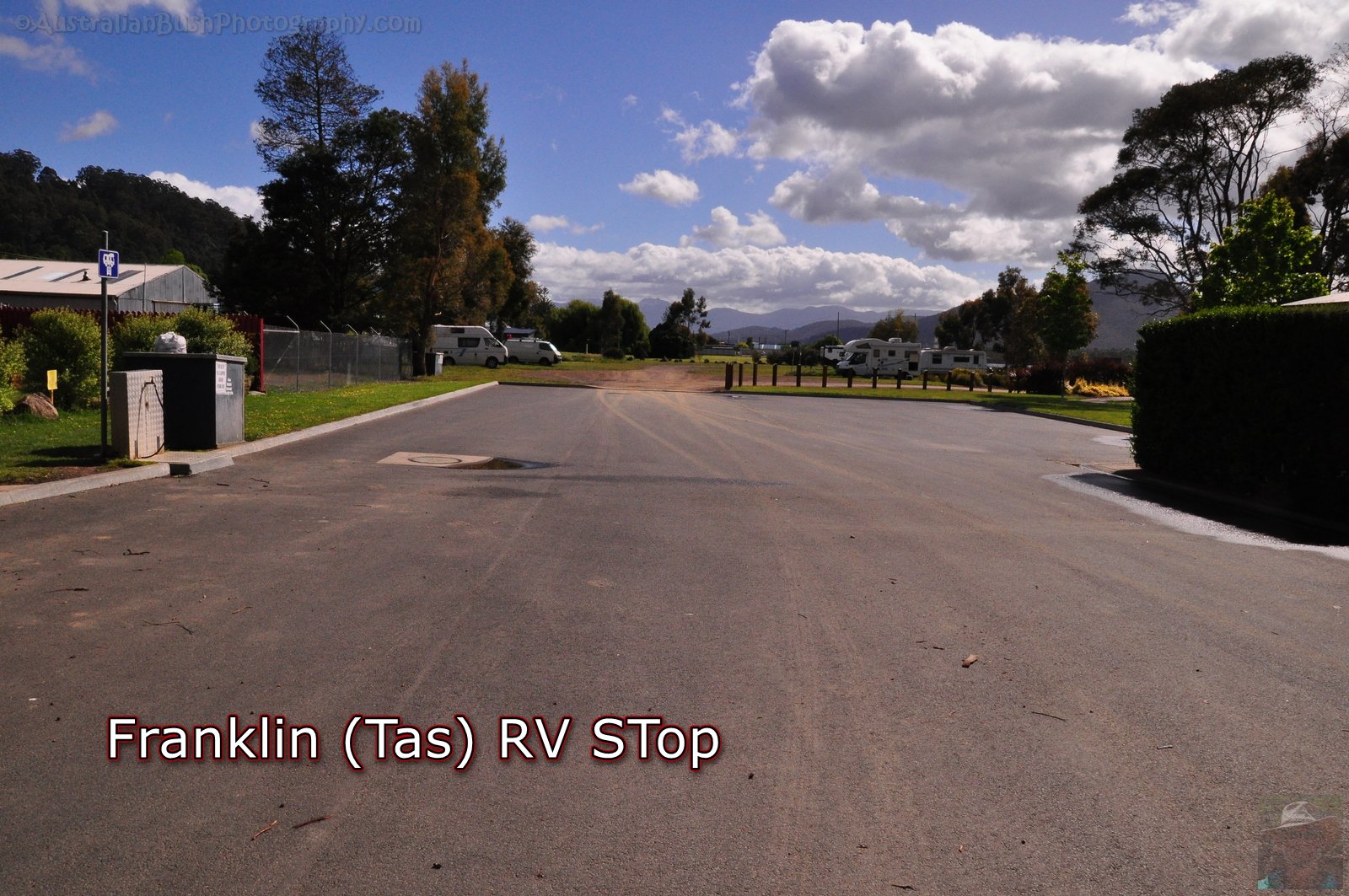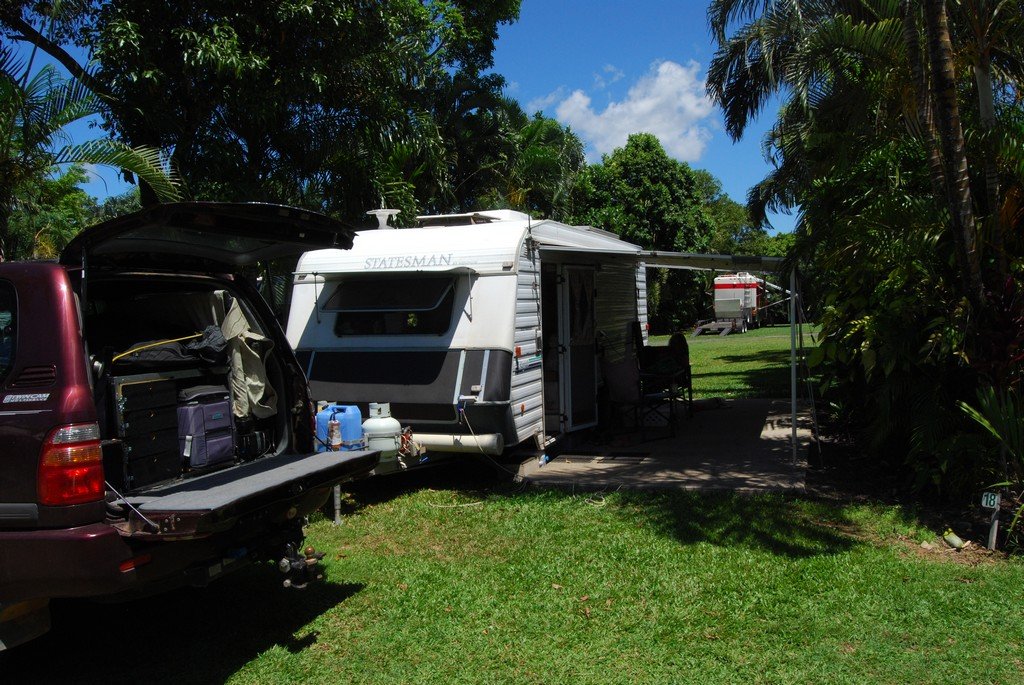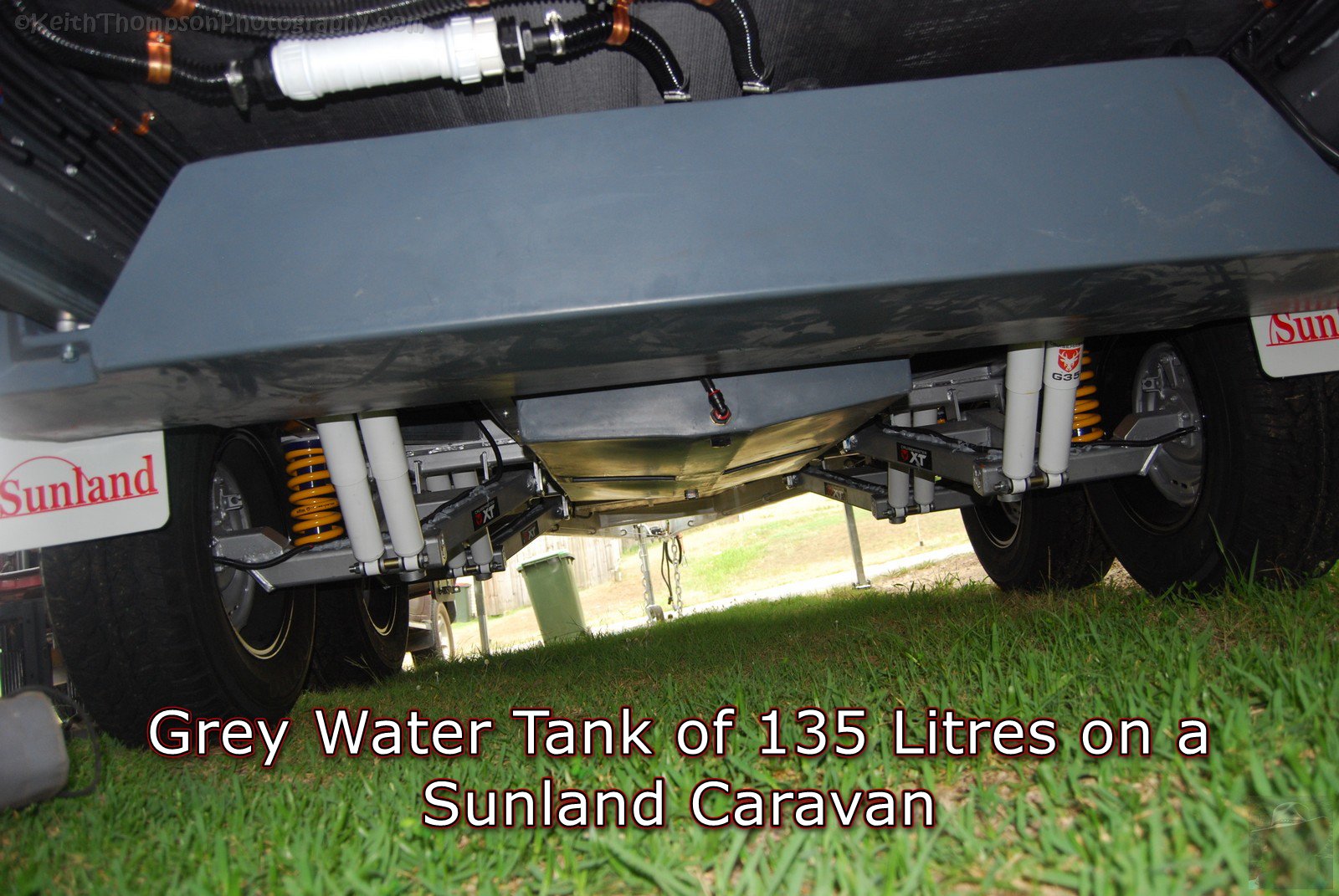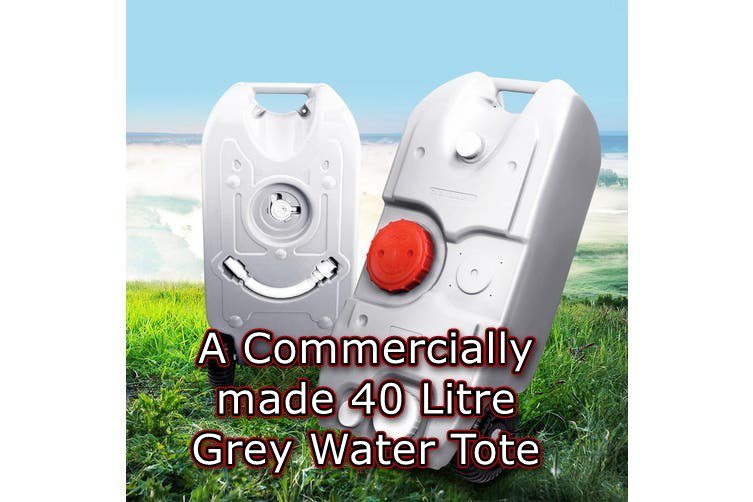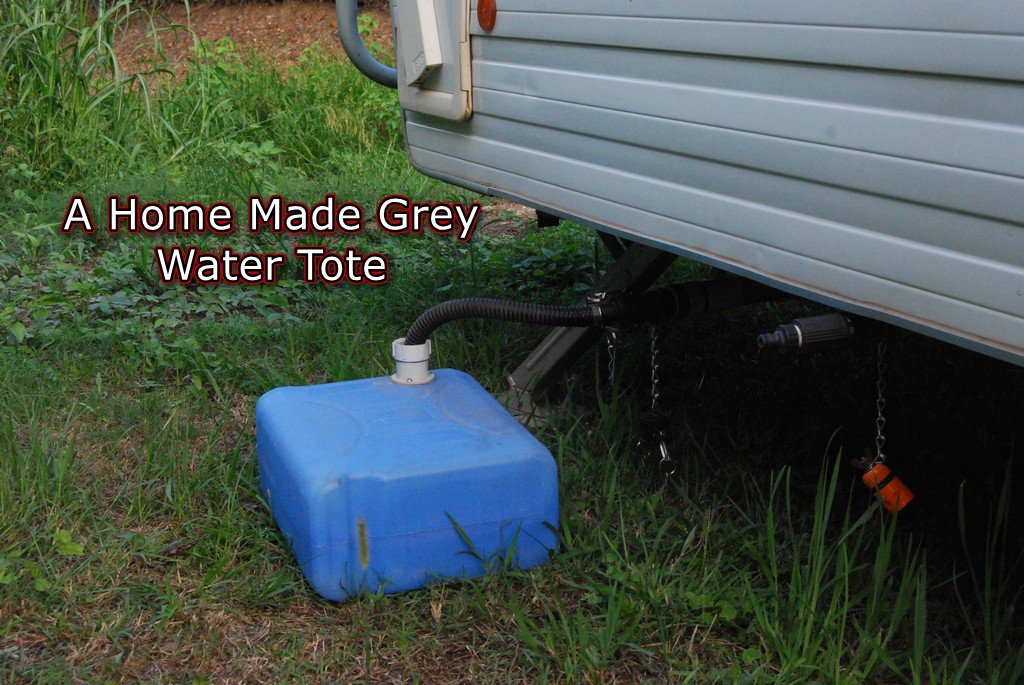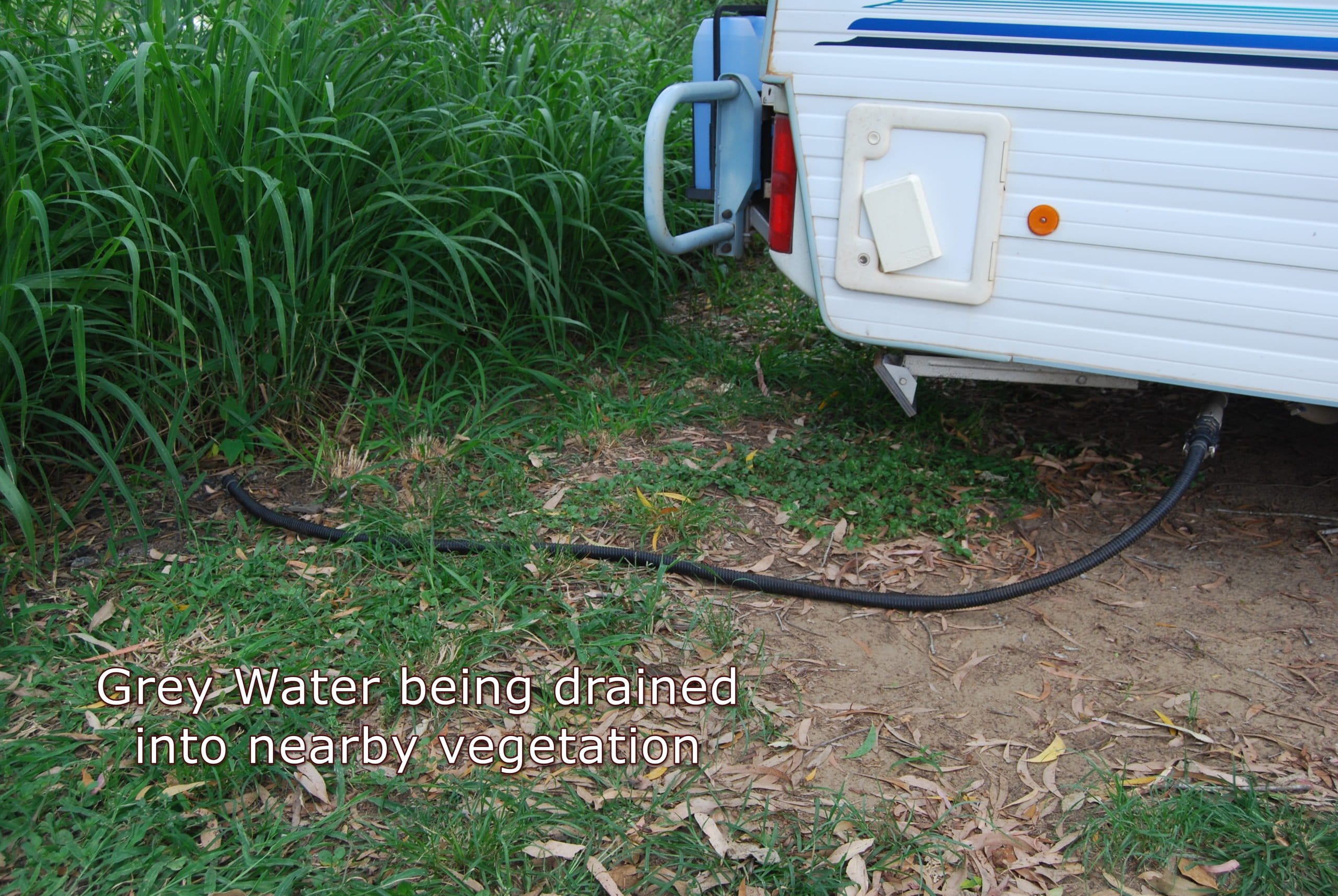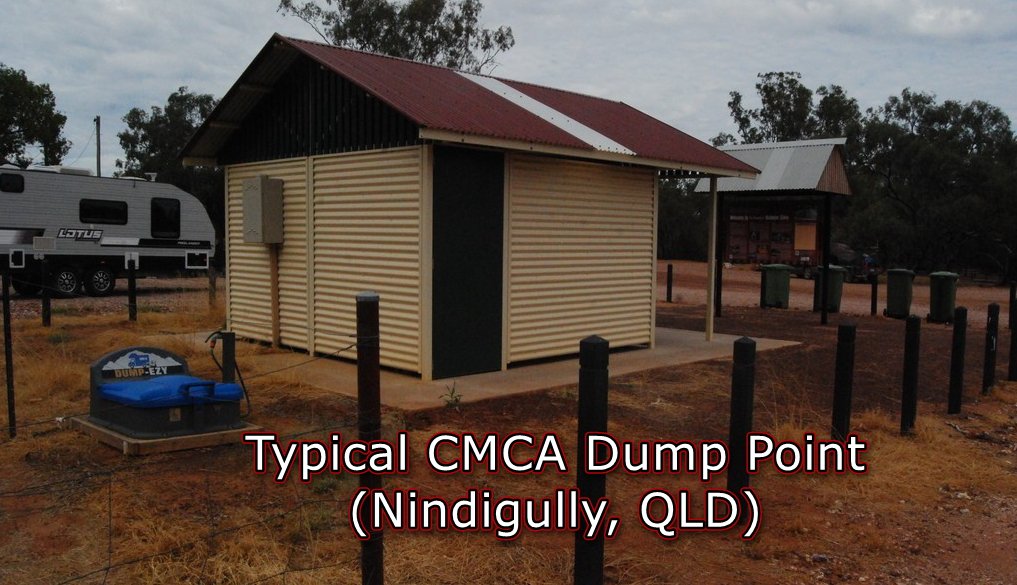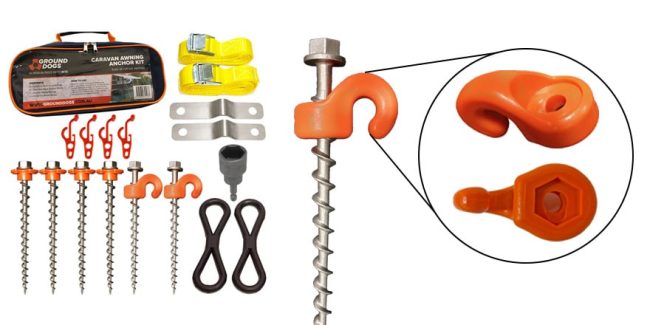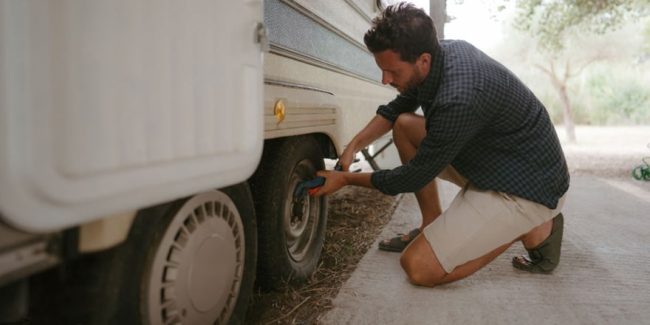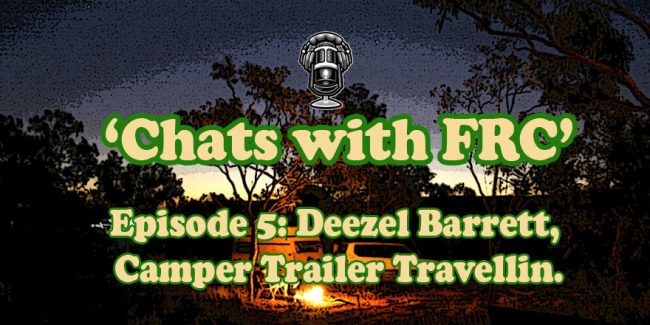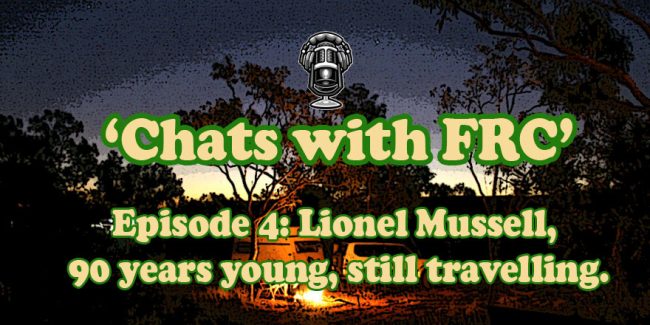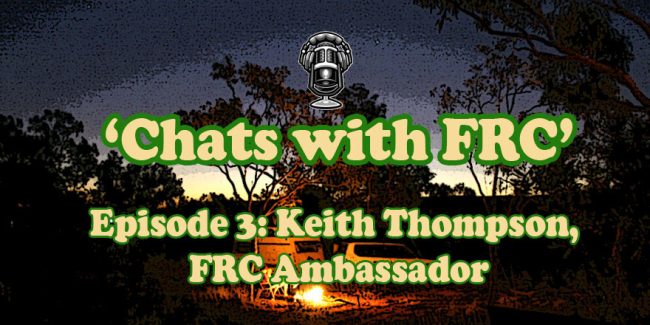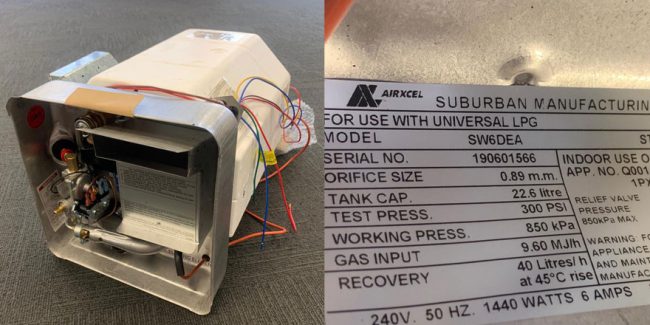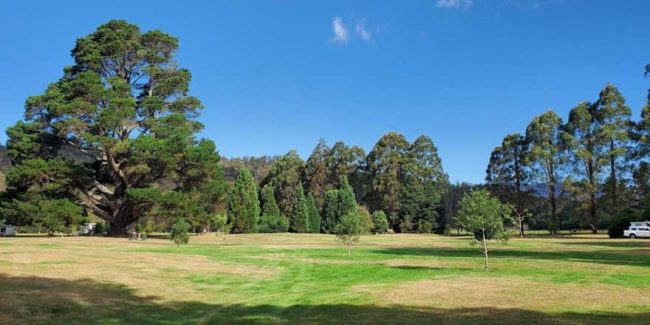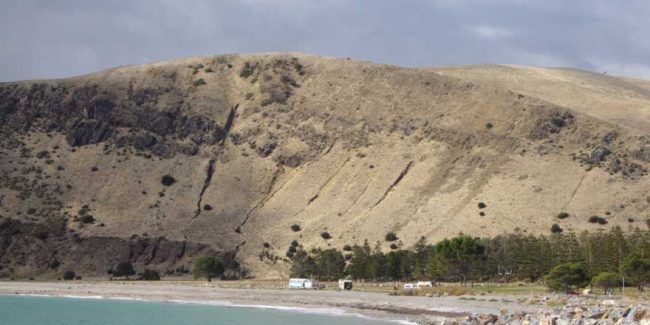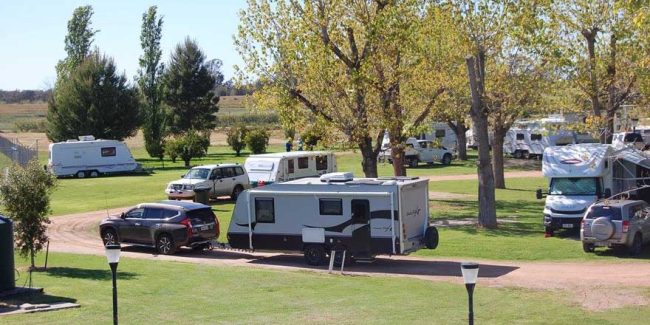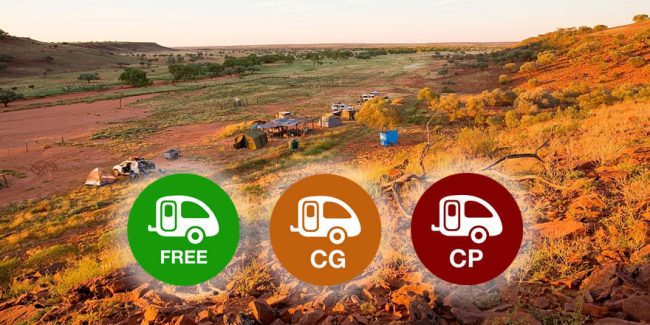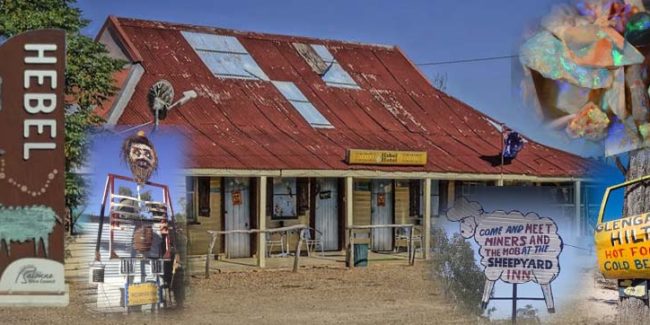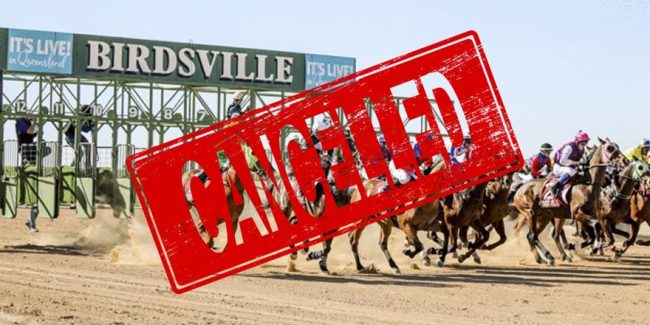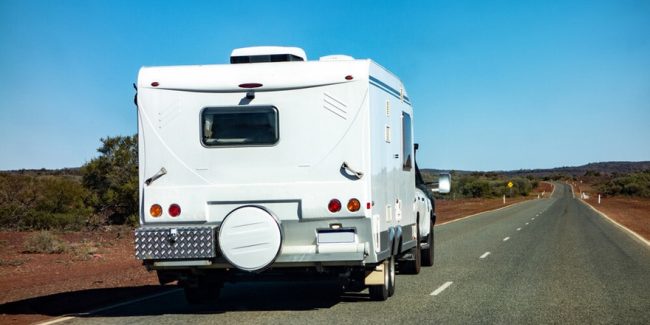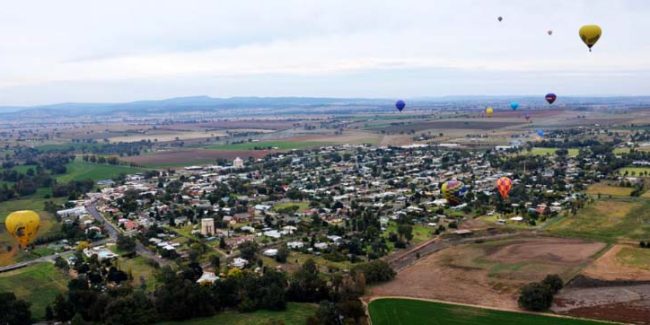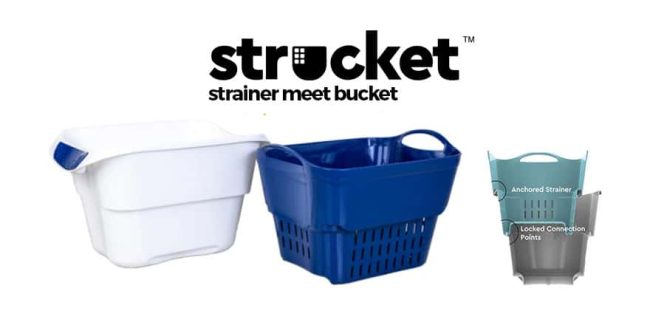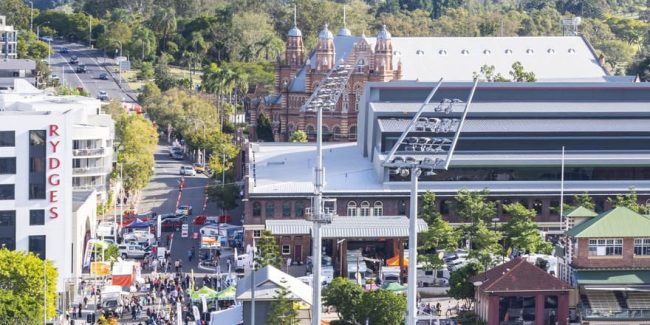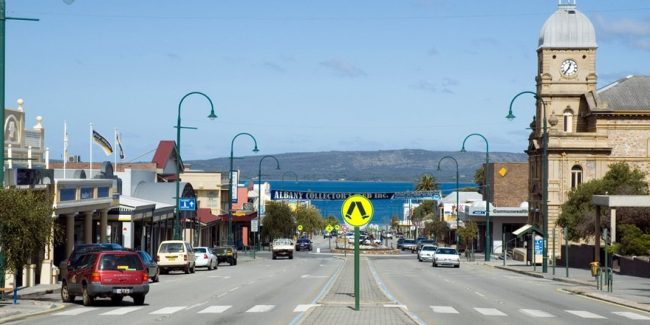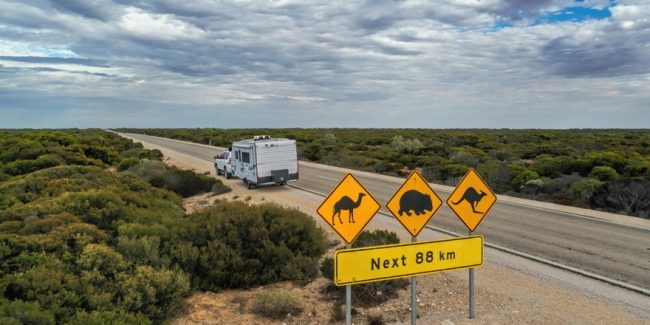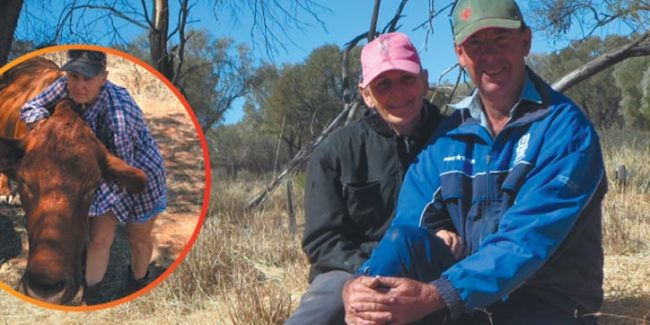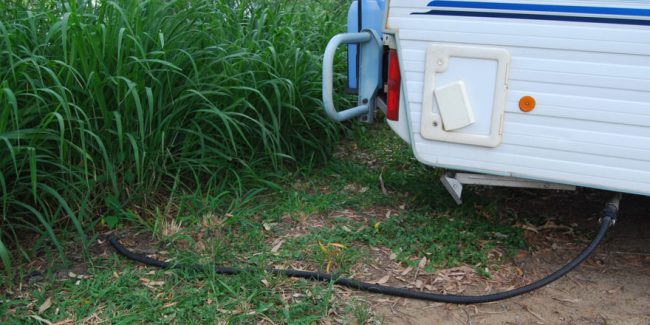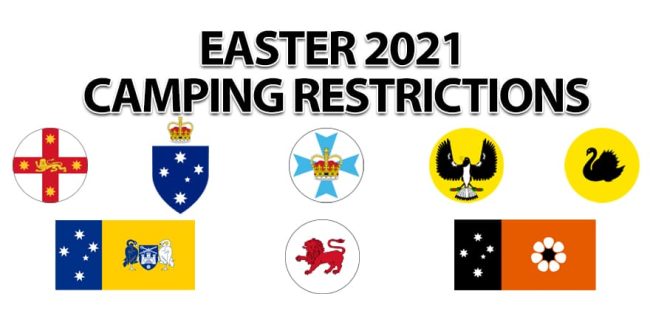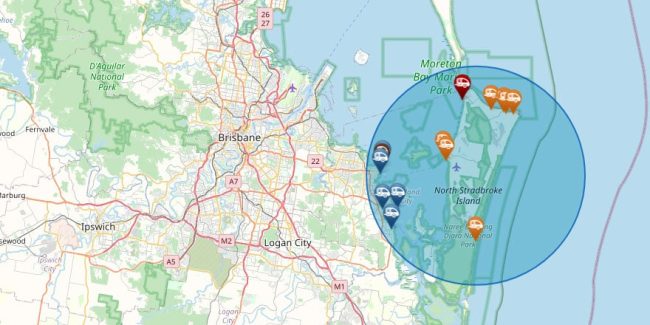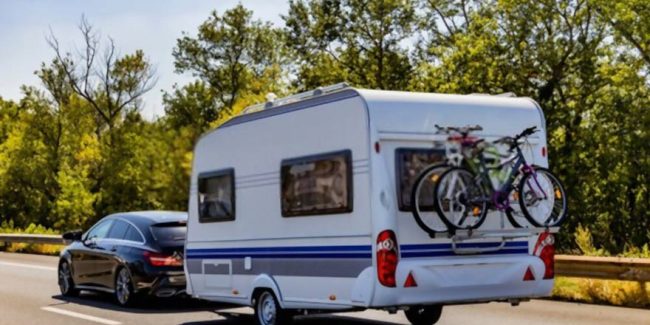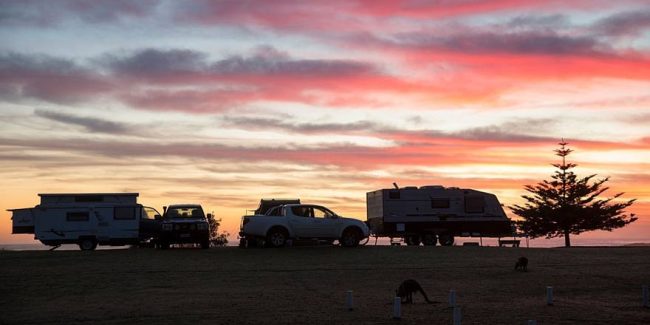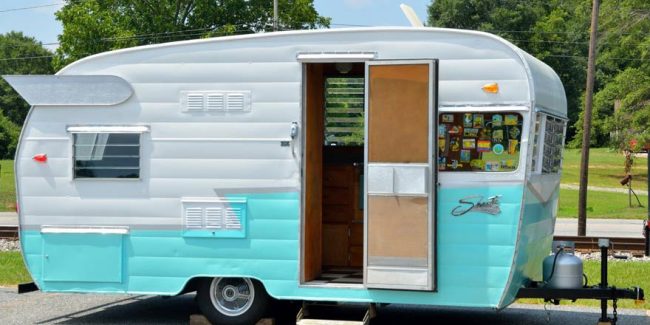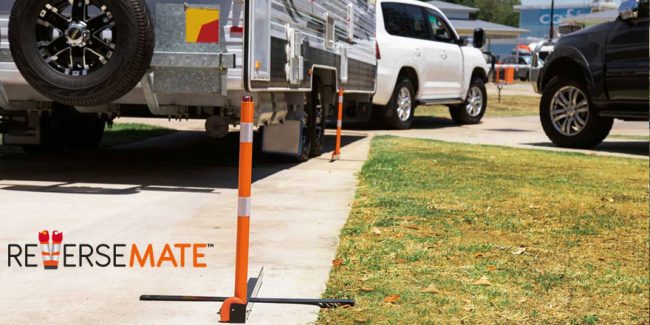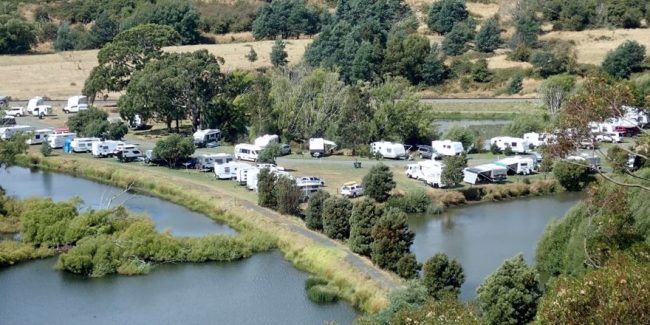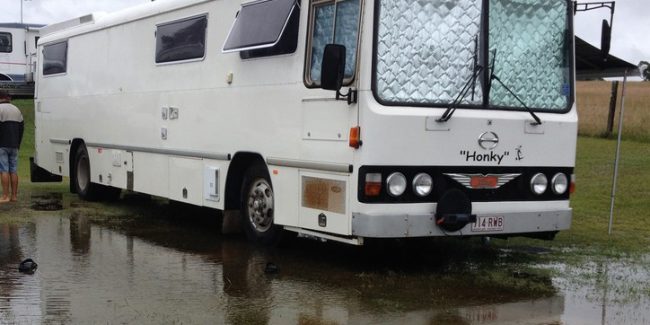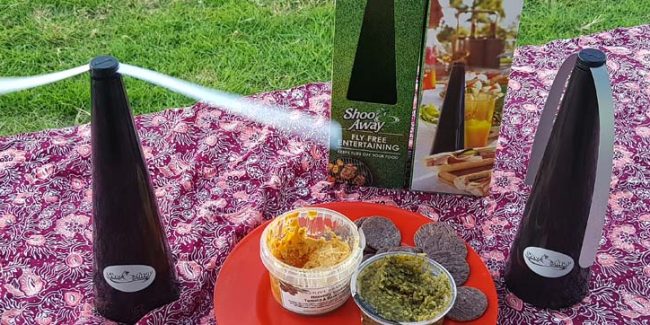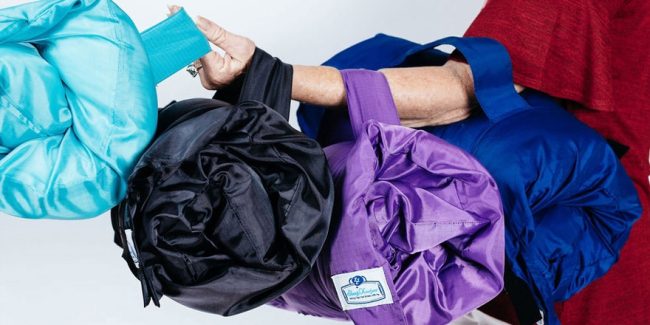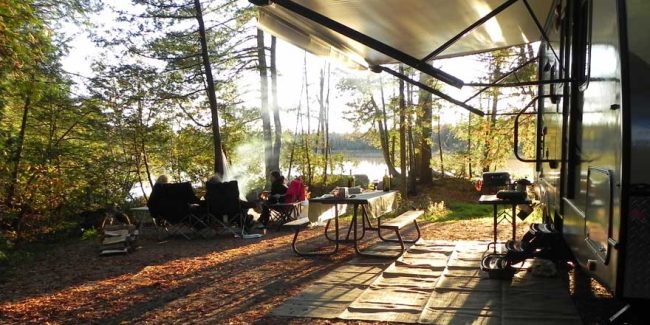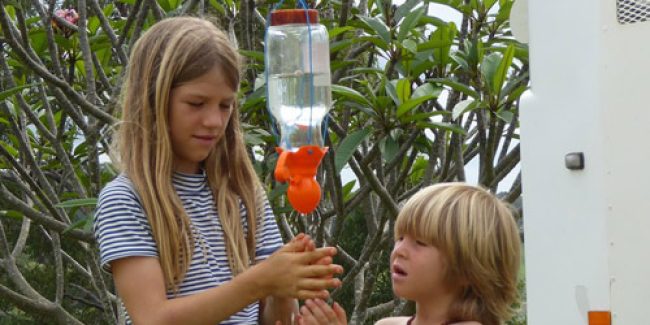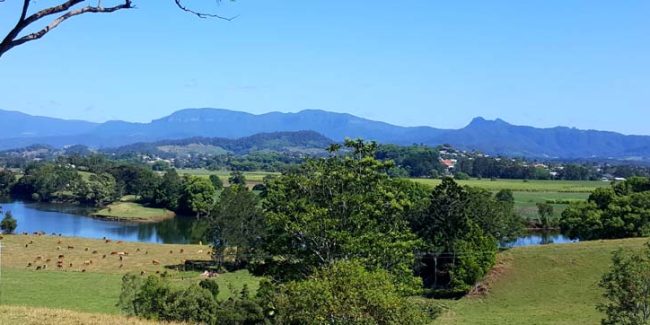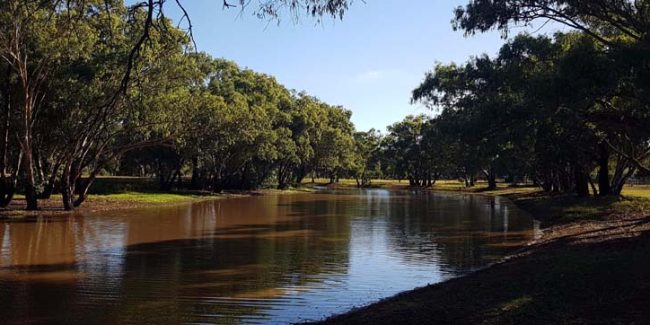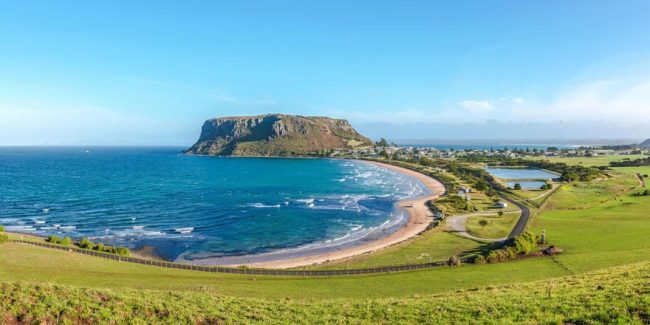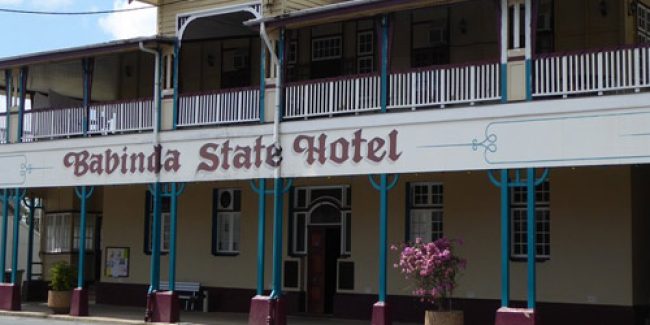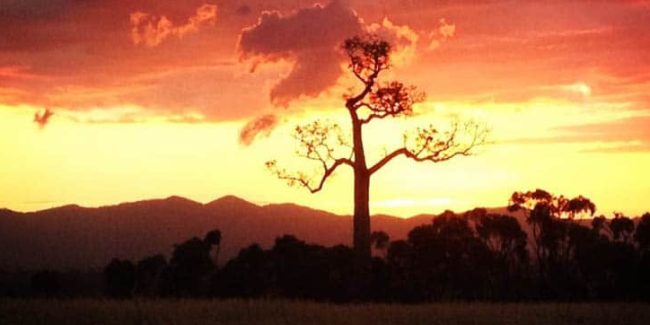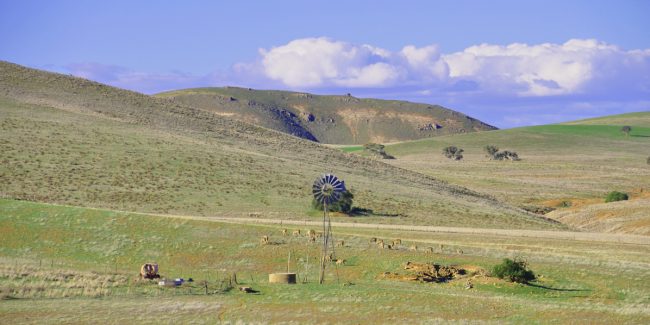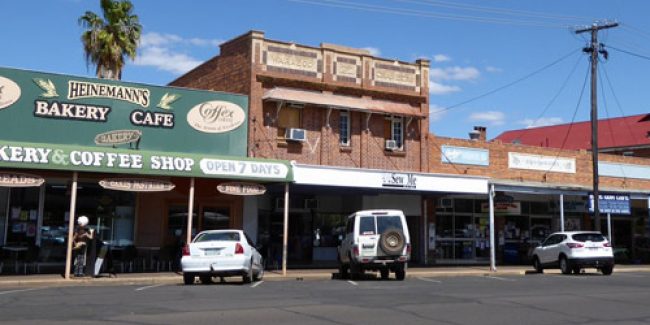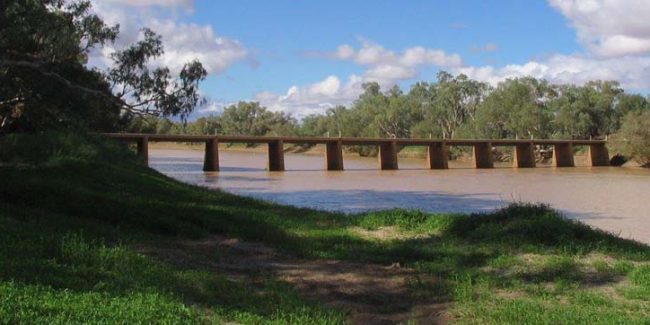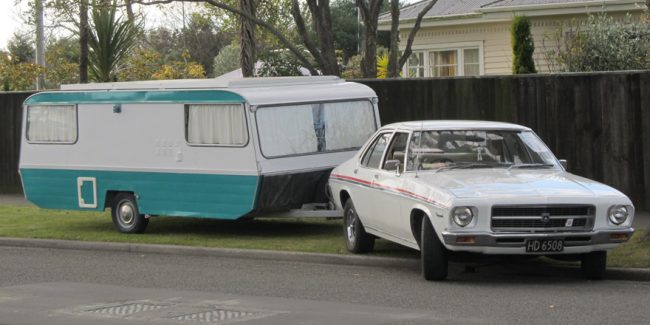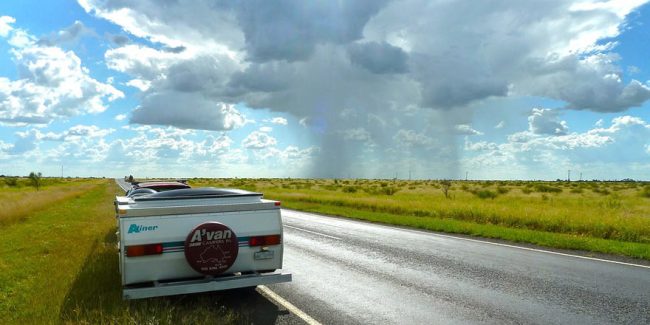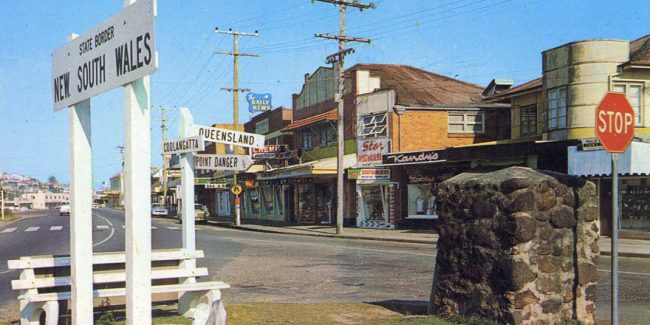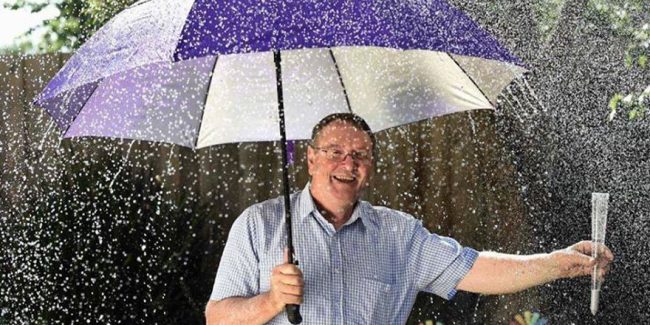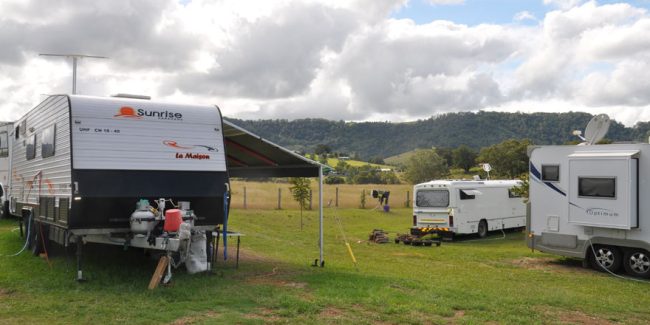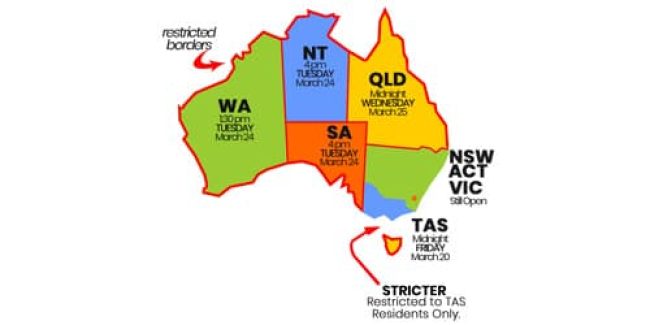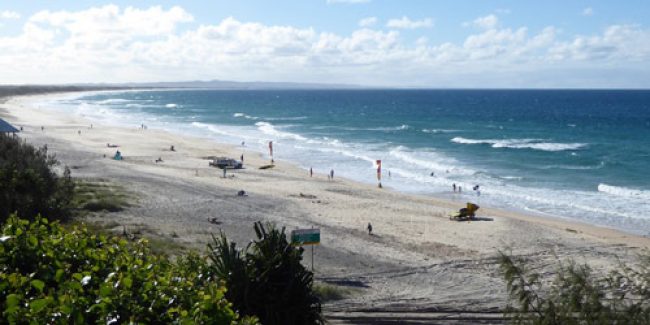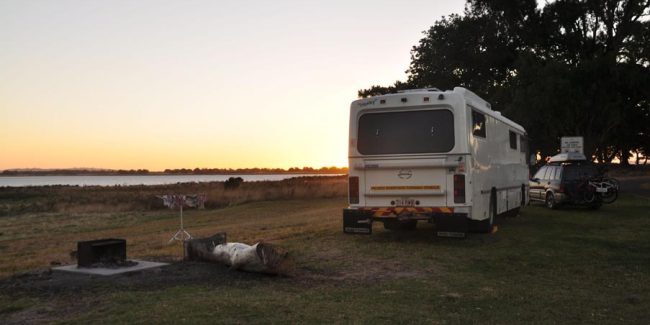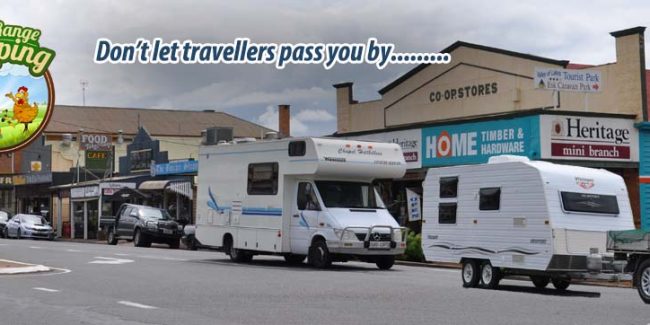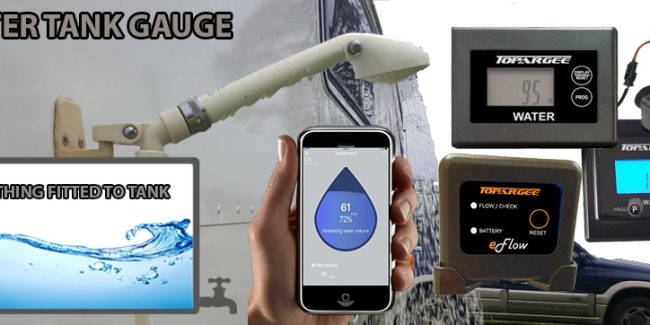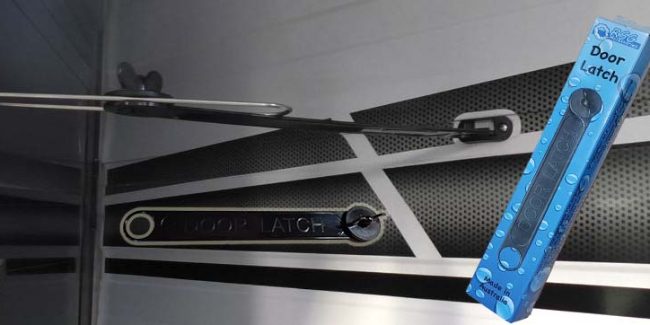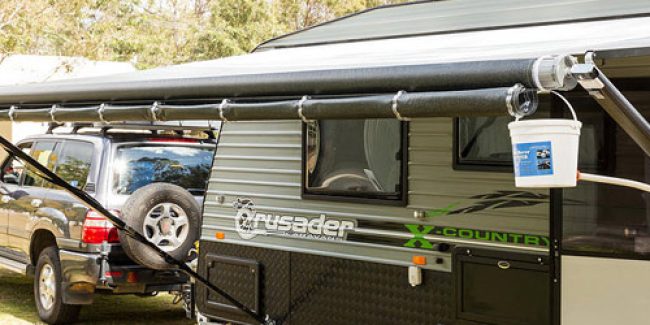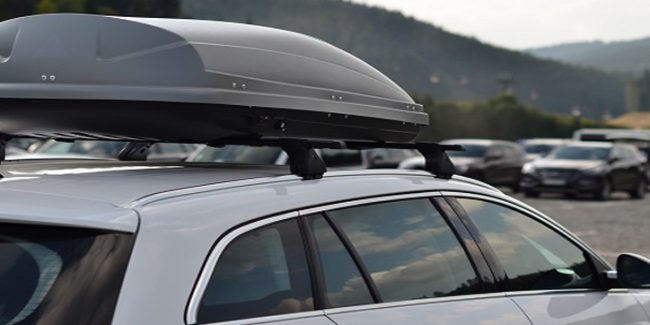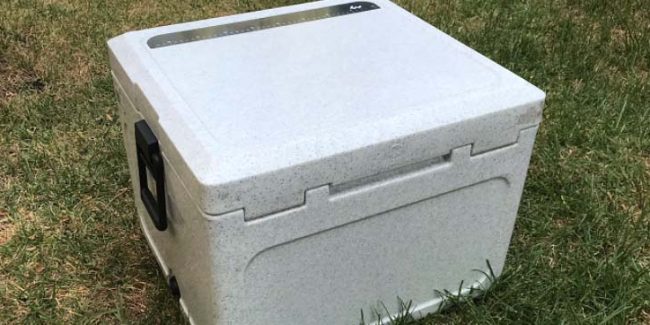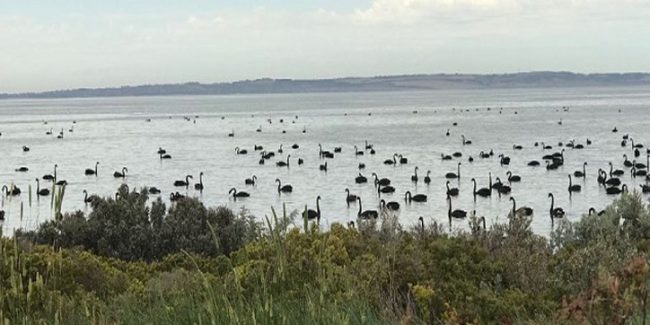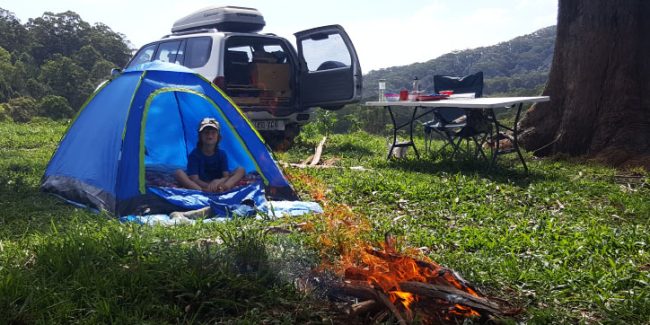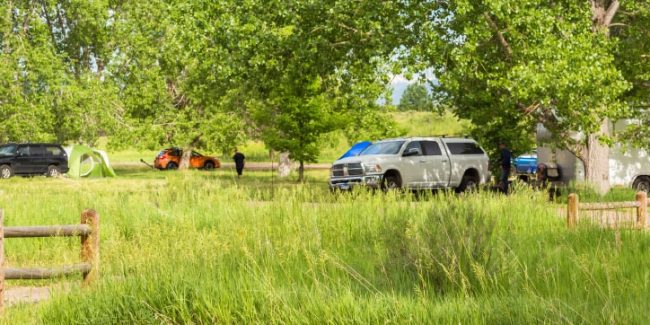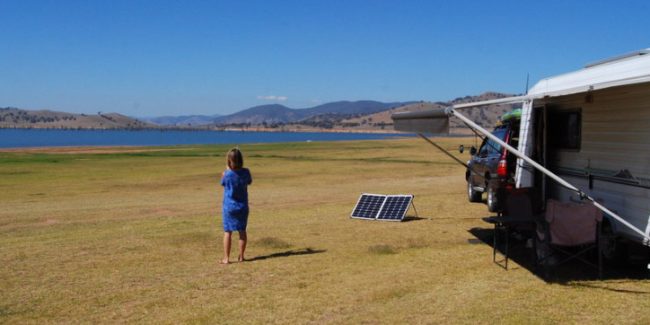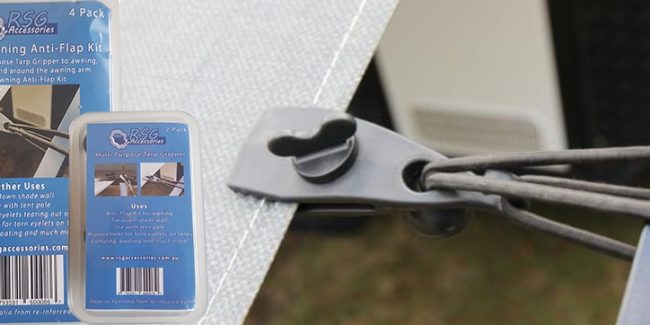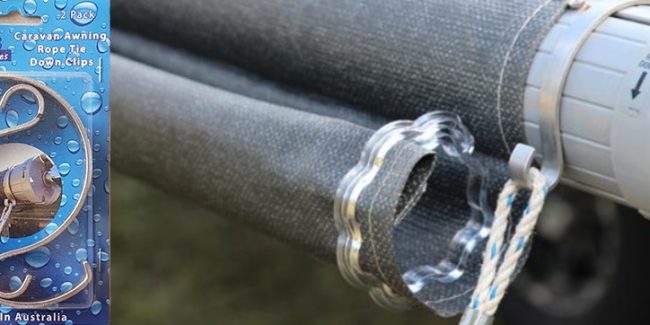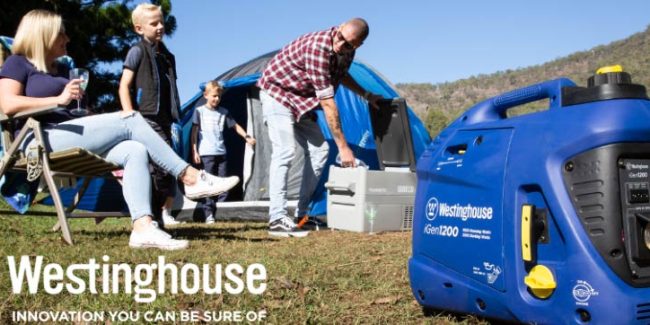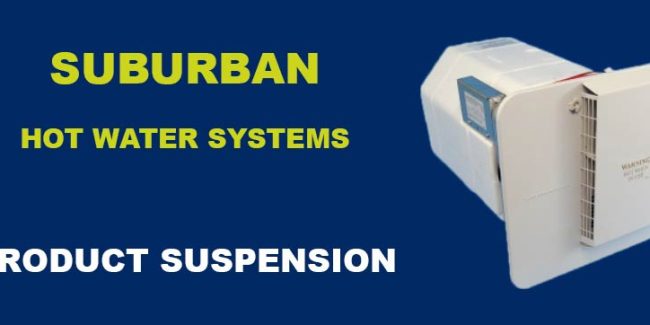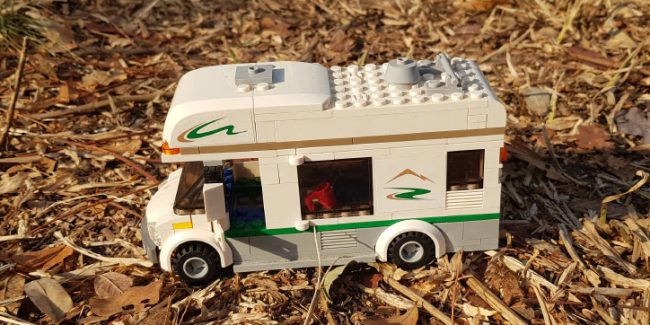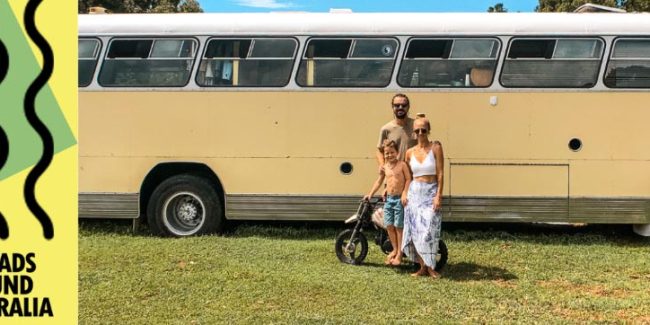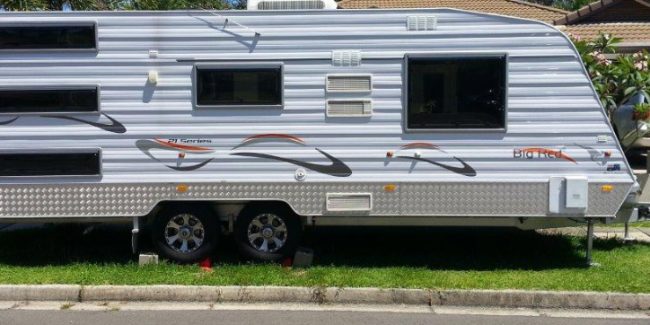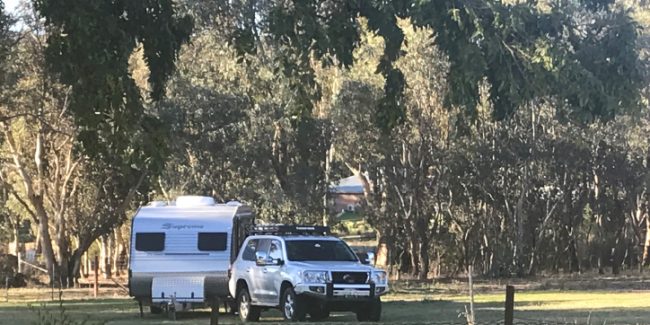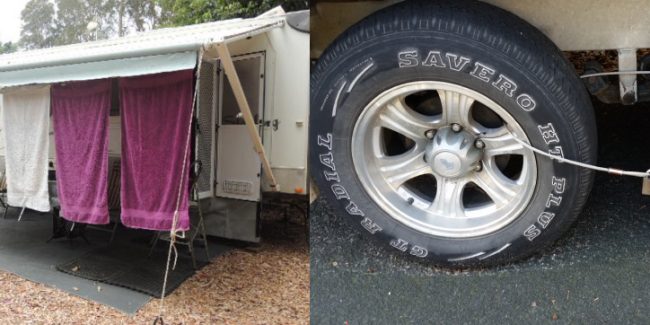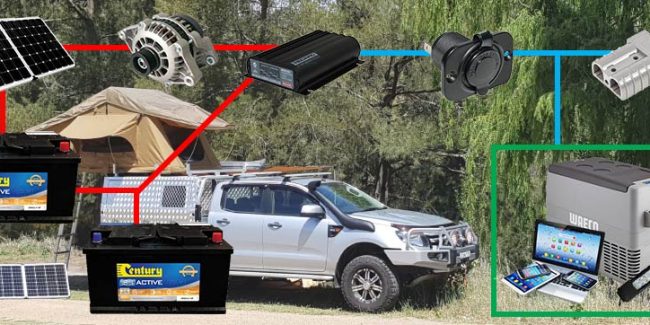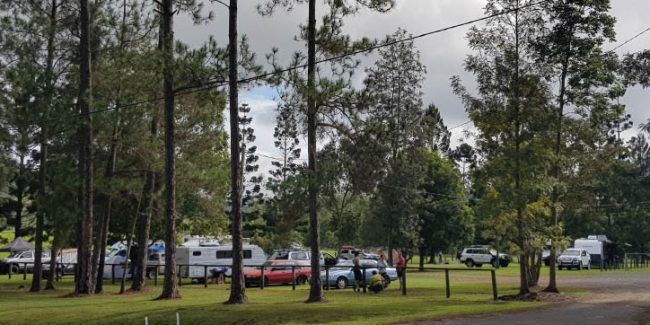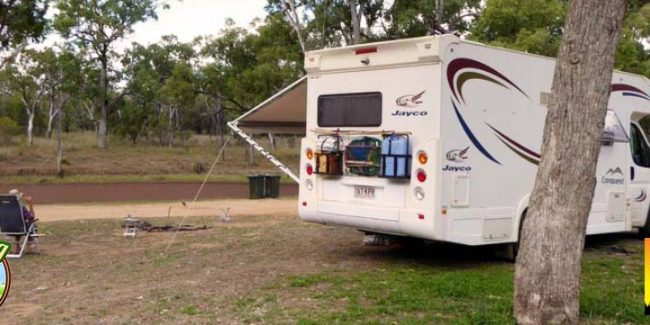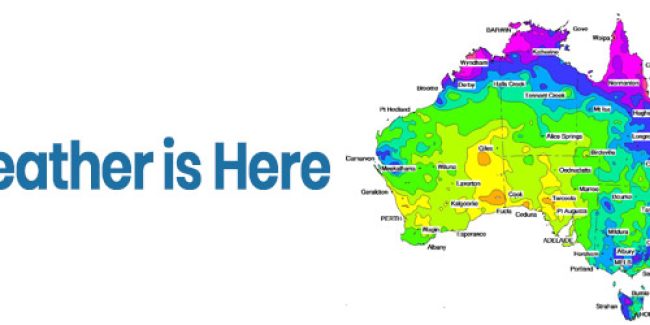
This comprehensive article on retaining Grey Water, was written by our FRC Ambassador, Keith Thompson. Keith has been an amazing wealth of information due to his extensive experience and knowledge of all things Caravnan & RV Travelling. A full time traveller on the road, Keith often contributes articles and his wisdom that we can share to our FRC members and family. Enjoy his latest article.
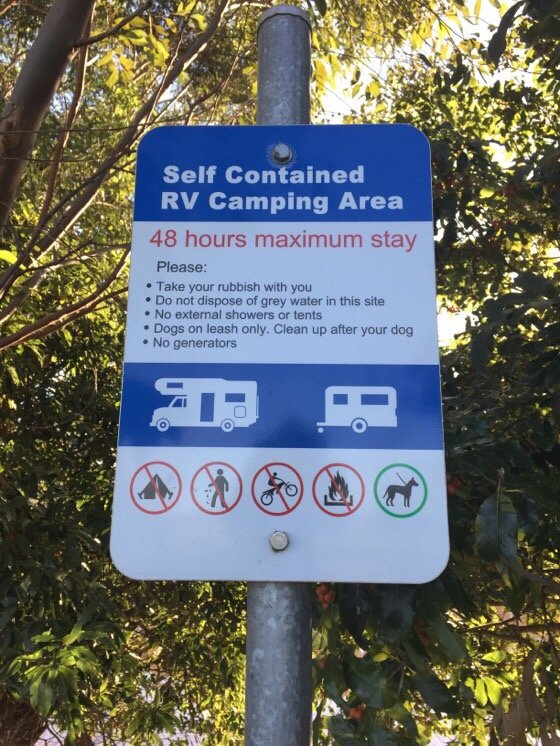
This is a lengthy article which intends to explain the history of grey water retention and how to verify you are doing it when and where needed and not unnecessarily.
You do not have to travel very long using Free Camps, and in particular RV Friendly Town RV Stops, before you come across a site that specifies “Fully Self Contained Motorhomes and Caravans Only” or a similar wording. There will usually be a clause in the regulations displayed for the site that specify that you must retain all grey water (as well as having all facilities on board).
It is easy for newcomers to this lifestyle to think this is simply a Council decision for that site to keep grey water off the ground but that is not entirely the story…enter the CMCA (Campervan and Motorhome Club of Australia) and the RV Friendly Towns project.
This article is designed to make sense of the whole issue and to dispense with the various “Myths” about grey water retention and how to get the right information.
The Beginnings:
Prior to around the middle of 2006 there were no campsites in Australia with regulations requiring campers to retain their grey water, this was the starting point of the CMCA RV Friendly Towns Initiative. There are now (May 2020) around 339 RV Friendly towns and they are spread across every State.
So you may ask how does its get to grey water retention? Historically around that time most medium and large motorhomes had built in grey water tanks as part of the construction already, partly because the design was fairly universal/international. The basis of the RV Friendly Town project was for the town to provide facilities to meet a basic set of criteria:
* Provision of appropriate parking within the town with access to a general shopping area for groceries.
* Potable water access
* Short–term or overnight free or low-cost parking (24/48 hours) provision for self-contained recreational vehicles, as close as possible to the CBD
* Access to a free dump point at a location in the town or at a maximum distance of 50km.
* It is worth noting here that the CMCA has also provided over 540 Dump Points throughout Australia many of which have been part of this initiative.
There we see the “self contained” being referenced; at this time the focus was almost solely on motorhomes due to the nature of the CMCA as an organisation and the fact that the vehicles were already “self contained”. The complete proposal to Councils included a full set of “Guidelines” which included the original wording of the grey water rule among others. This related to on board tanks only at that time and there are still a very small number of RV Stops which retain and enforce that rule today. Since that time the rule has been changed to include portable tanks which meet a certain set of criteria based around non-spill, some information can be found here in a CMCA pdf document.
The sign here at Kojonup in WA actually refers to the “RV Friendly Towns initiative”
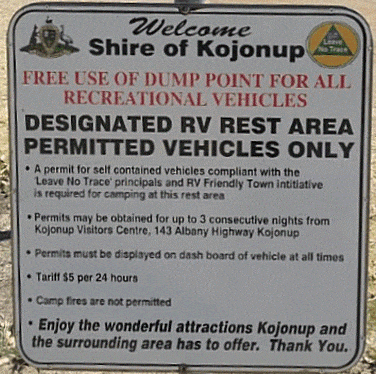
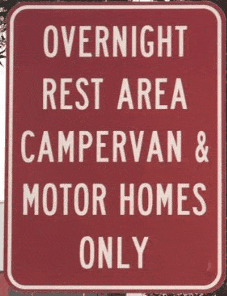
The full original “guidelines” also referred to motorhomes almost exclusively and you will still find signs at some RV stops which clearly indicate this as per the image (St Helens, Tasmania) but I am not aware of any as of 2020 who enforce this and now freely allow caravans which meet the criteria.
There are some obvious instances where retaining grey water was an advantage to gaining an overnight stop for travelers in situations where the Council was able to make available a section of a car park where dispersing grey water on the ground was not going to be an option, one such example is Maryborough in Queensland which is a bitumen parking area, another is the now well known Kershaw Gardens in Rockhampton which is hardstand gravel.
The Current Situation:
It appears now, in retrospect, that Councils basically adopted (and still do adopt) all the “guidelines” across the board whether or not there are any real immediate or long standing environmental reasons. Some have since removed the grey water ruling for various reasons including allowing other campers, eg camper trailers and tents, one example is the Huon Valley Council in Tasmania for their RV stop at Franklin. The best we can tell from our records and reports from others is that there are a maximum of around 300 sites where the rule is still in place at least nominally if not entirely enforced.
Our own experience on the road in over six years is that the longer established sites are relaxing the ruling at least in part in line with demand and the perceived and obvious economic advantages of accommodating campers. During our recent (2019-20) year in Tasmania we found for example the Sorell and Stanley RV Stops both allowing grey water to be dispersed into the grass area around the sides of the RV Area (but not the handstand in the centre for obvious reasons).
This is in line with the sites now allowing stays of up to 10 and 7 days respectively but still restricting to Motorhomes and Caravans Only. Sheffield on the other hand strictly enforce the retention of grey water but have a 4 day limit which is the absolute max for our own 135 litre tank.
Other sites that may require grey water retention:
Other than Council RV Stops there are a relatively small number of others that require grey water collection including some private properties who offer camping facilities. These sites usually specify Self Contained Only but when queried will often not require you to collect your grey water, more than anything they are using the description to ensure that they only get travelers who are completely self sufficient and in some cases to specifically exclude tent and camper trailer camping. We suggest that you enquire directly with any such sites you are planning on visiting. A good indicator is that a camp which allows stays of longer than 2-3 days is not likely to want you to retain grey water.
Some Common Myths and Misconceptions:
There are frequent comments on Social Media about requiring grey water retention which are completely unfounded and incorrect. The most common of these is that “You need a grey water tank in National Parks” – this is absolutely incorrect in every State and Territory. National Parks allow walk in and tent camping, camping in your car, with a swag or any of the “motorised” forms. They DO have guidelines on how to responsibly deal with grey water which is their version of “leave no trace” camping, this is probably the phrase that causes the confusion. There are some recent confusing references to grey water in some Government dept. webpages which do not carry through to the actual camping “system” but I won’t go into that at this time.
The other most common is that “you can’t free camp without a grey water tank”; again a total exaggeration of the facts. If you are going to travel town to town and only stay in council provided free RV stops then yes you will need to have some form of collection system, but if you are free camping in rural areas, Reserves, Sports grounds etc. there is absolutely no requirements.
There are over 3000 legal free and very low cost (donation) campsites plus over 2000 private paid campgrounds (excluding Caravan Parks) at differing price levels so with no more than 300 RV Stops with the grey water rule the rate is a lot less than 10%. In most areas you can find an alternative if you are unable to comply. As an example we spent over 12 months in Tasmania which has around 57 camps with the grey water rule and we only used our tank on 4 occasions where we chose to use a particular site in the area.
As a final point you NEVER need a grey water tank in a Caravan Park even where there are no sullage points, your grey water is expected to go on the ground to water the trees, bushes and grass as appropriate. These images are of two caravan parks where the grey water from the sites is dispersed to the ground in completely different types of ground. The image on the left is the Discovery Park at Boydtown (Eden) in NSW where almost 200 powered sites have no sullage points and water is dispersed onto the grass and is soaked in without trace. The image on the right is the Fishery Falls Caravan Park South of Cairns where the campers grey water assists with the tropical gardens.
How DO You Verify a Site that requires grey Water Retention?
There is a lot of misinformation (see Myths above) about which sites require you to truly be “Fully Self Contained” meaning that grey water retention is required. The misinformation comes about because not every camping directory service uses the same criteria or definitions and it is not the purpose of this article to criticise any of them, it’s just what it has become for various reasons but most commonly because “self-contained” has been used to indicate that there are no toilets at that location. The only directory which correctly identify these sites in most cases is Full Range Camping (Website and App).
Camps Australia Wide (Camps 10 book and App), and the CMCA’s own Geo Wiki App (available to members only) and website are both highly accurate but do have errors; all other Apps and websites do not identify “Fully Self Contained” in any way which is accurate, if at all. This is a result of the fact that these three “publishers” first mentioned are the only ones who attempt to verify every campsite listing as far as is possible by personal visits or from authorised sources such as the Councils themselves, and by keeping information as up to date as possible. In most cases the campsite itself will have clear signage indicating the applicable rules as per the examples pictured in this article.
If you really want to cross check, the Council operated campsites will usually have all the information somewhere on the Council website, not always easy to find though? If there is no signage at a campsite at all then you can be assured that in 99% of cases there is no requirement.
Other Campsites: There are a small number of sites other than Council RV Stops which may require grey water retention, the same information applies and local signage should be a confirmation.
In respect of all sites, Full Range Camping is the only major directory service which annotates the facility icons and are able to note if the rule is enforced in any particular way and other relevant information.
How To Retain Grey Water:
When required to retain your grey water there are three principal options (other than a bucket) all pictured below. The first is an inbuilt custom made tank under the author’s Sunland Caravan, this particular tank has a capacity of 135 litres which gives us an easy thee days use. The second image is a commercial 40 litre “Tote” of which there are several brands on the market at costs from around $100 to $200 or more and also in smaller capacity for ease of movement.
The third is a home made 20 litre “Tote” made from a standard plastic jerry can with a total cost of less than $50. Please note that when using an external Tote the outlet from the van should be fitted with a stop valve to minimise spillage. As previously mentioned the acceptance of each of these or not is an individual Council matter – even to the point where a bucket is OK in some places.
Responsibly dispersing Grey Water – An Overview:
The basic principles for dispersing your grey water on the ground are:
1. Use biodegradable detergents and additives, such as the Earth Choice range of products.
2. Scrape food scraps off plates and dishes before washing and dispose of with your general garbage.
3.Carry more than one short grey water hose with joiners to get the water to the most suitable location around vegetation where possible and if staying longer term move the hose around to different locations. Some choose to use a filter on the end of the hose such as a piece of stocking or a drilled plastic bottle; very small “scraps” are usually “dealt with” by ants and other insects quite rapidly.
4. In conjunction with the above avoid parking for extended periods on a hard non-draining patch where possible.
5.Do not disperse grey water into or close to a natural water course or lake. The distance recommended varies between authorities but a minimum of 10 metres and up to 30 metres are the general limits.
Concluding Thoughts – Retention of grey Water – The Pros and Cons:
Having looked at how we arrived at the present conditions, is it a good idea to retain grey water and are there any real benefits? The facts of the matter are that in most cases there are no environmental or economic advantages in holding your grey water and taking it somewhere else to dispose of, in fact it is just the opposite.
The problem with the whole issue for full time or long term travelers is that we do stay in places a lot longer than the holiday traveler and it is completely unacheivable to retain and carry grey water away for disposal; except for the largest of motorhomes the maximum capacity anyone has is around 150 litres which is only a few days at best. In fact the CMCA’s own policy includes the following clause: No grey water is to be discharged from a self-contained vehicle unless allowable by local authorities or access to a dump point is impractical. For this reason we have to find the best way of dealing with the issue.
Grey Water dispersed responsibly on the ground has very little toxicity (assuming we are reasonably responsible as outlined above and using biodegradable detergents like the Earths Choice range) and has no short or long term effects on the ground vegetation; there are hundreds of caravan parks which do not have sullage points and expect the grey water to be dispersed among the grasses and plants like the two examples above. In addition those of us who lived in drought affected areas (Brisbane for us pre 2011 flooding) were encouraged to use our household grey water on our garden and some Councils even subsidised the fitting of grey water diversion “kits”.
There are many residents of more rural areas who use their grey water to water their gardens today. The only recommendations were not to water directly onto your vegetables (because of soaps etc.) and not to store it. This latter is the real problem; grey water dispersed on the ground has only minor toxins which will be gone in around 2 hours of average UV conditions. When stored however the grey water becomes more toxic than your toilet waste (Black Water) in less than 48 hours. This then means that it must be disposed of in a Dump Point and if you release it anywhere else you are creating a far bigger environmental problem.
The use of the Dump Point then becomes the next negative issue in this chain of action. The disposal and/or treatment of all waste water and sewage has a cost attached to it born by Councils and Water Authorities. Disposing of your large quantities of grey water in a Dump Point which enters a sewage treatment system imposes additional costs on that local authority. DIsposing into a Dump Point which is part of a Septic system (and there are many of these in rural areas) has it’s own problems. If the Septic is the old style tank and soak system the sheer volume produced by a large number of campers quickly overloads the tank and the system cannot cope.
In newer Enviro Cycle systems there is anecdotal evidence that the volume of highly toxic water “unbalances” the cycle and renders the system ineffective; we are already seeing the occasional such Dump Points being marked for Black Water Only (No Grey Water).
In the end, if you feel that you would like to retain your grey water for your own personal environmental reason please consider the above information. Whatever you choose, please do it responsibly. We have seen motorhomes drive away from a campsite with the grey water valve open and draining onto the roadway!
If you need to verify a particular site please refer to the Full Range Camping website or free App and if you find a site which we do not have listed or you believe is incorrect please advise us at any time through the links available.


